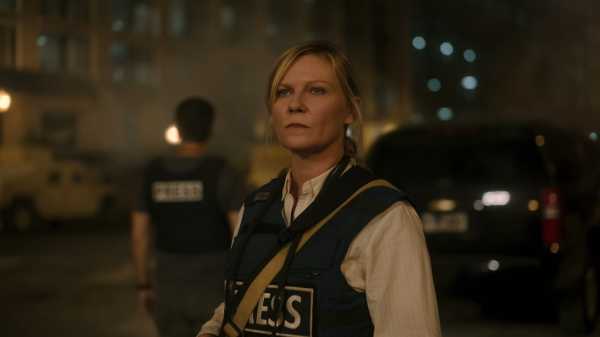
Save this storySave this storySave this storySave this story
Alex Barasch
Culture Editor
You’re reading the Goings On newsletter, a guide to what we’re watching, listening to, and doing this week. Sign up to receive it in your in-box.
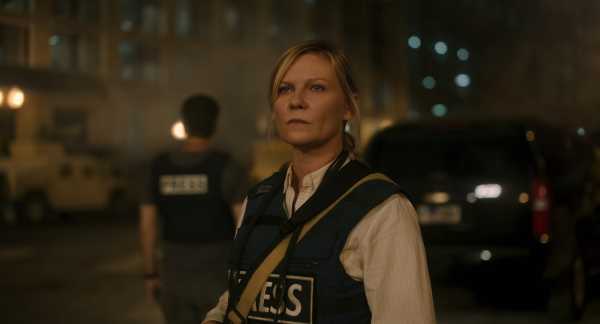
Kirsten Dunst in “Civil War.”Photograph courtesy A24
Between the A.I. drama “Ex Machina” and the pandemic-based horror movie “28 Days Later,” the writer-director Alex Garland has made something of a name for himself as a chronicler of worst-case scenarios. (Whether these scenarios are always persuasive is a separate question. “28 Days Later,” which was directed by Danny Boyle and launched the career of a young Cillian Murphy, is a masterpiece; “Men,” a solo Garland venture from 2022, is not.) His latest film, “Civil War,” apes the iconography of the Capitol riot to construct another dismal future—one in which tensions between the states have reduced the U.S. to a conflict zone. The blockbuster proved divisive long before it opened in theatres this week: when the first teaser dropped, in December, liberal commentators questioned its politics even as right-wing conspiracy theorists declared it “predictive programming” by the deep state. The film itself—which follows a quartet of war correspondents who set out to reach D.C. in time for a rumored assault by secessionists—is as much of a Rorschach test as the trailer was. Garland opens in a ruined New York City and leaves it to viewers to fill in the blanks of how we got to this point. His visuals for the ensuing road trip are provocative, and his fluency with action yields genuine suspense, but the protagonists are little more than archetypes with conveniently old-school philosophies of journalism. For Lee (Kirsten Dunst), a hardened war photographer, simply bearing witness is the be-all-end-all. “We don’t ask,” she tells a rookie. “We record so other people ask.” Garland, too, is more than ready to supply the images. But he’d rather not dwell on their implications.
Park Chan-wook is an auteur more willing to put his thumb on the scale—and his new adaptation of Viet Thanh Nguyen’s Pulitzer Prize-winning novel “The Sympathizer” offers another kind of reckoning with America. The series, premièring Sunday on HBO, centers on a man known only as the Captain (Hoa Xuande), a North Vietnamese spy embedded with a South Vietnamese general (Toan Le) first in Saigon just before its fall, then in nineteen-seventies L.A., where he continues to monitor the displaced military leader and begins to build a new life. The Americans who come into the Captain’s orbit—a cynical C.I.A. operative, a leering “Oriental studies” professor, a swaggering director with Altmanish aspirations—are equally eager to use him for their own ends. Park doesn’t shy away from the horrors of combat, but, in contrast to the vérité style of “Civil War,” the series is surprisingly playful both structurally and aesthetically, with Robert Downey, Jr., playing four different roles (sometimes in the same scene) and the Captain reversing his own narrative more than once as the story unfolds. Eventually, he ends up on what the general calls his “Hollywood mission,” attempting to inject meaning and dignity into an “Apocalypse Now”-style Vietnam War movie. It’s thankless work—but the exiles are acutely aware that culture can also be a battleground.
Spotlight
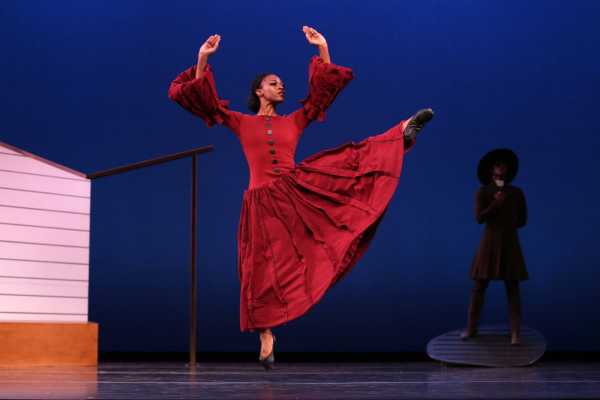
Photograph by Melissa SherwoodDance
The Martha Graham Dance Company won’t officially turn a hundred until 2026, but it’s starting the party early with multiple centennial seasons. The theme of the first, at City Center, is “American Legacies.” The program includes two classics of nineteen-forties Americana: “Appalachian Spring,” Graham’s modernist masterpiece with its sound-of-America Aaron Copland score, and a revival of “Rodeo,” Agnes de Mille’s more conventional Western-themed breakthrough, with its Copland score rearranged for a bluegrass band. These are answered with a première by Jamar Roberts, formerly with Alvin Ailey American Dance Theatre and now freelance. His “We the People” is a protest dance, alternating between struggles in silence and frontal assaults, with fists raised, propelled by the banjo and fiddle music of Rhiannon Giddens, who is known for reclaiming the legacy of Black string bands. It includes much of the America that the other works left out.—Brian Seibert (New York City Center; April 17-20.)

About Town
Hip-Hop
The tri-state rappers Method Man & Redman have a working relationship that dates back thirty years, building a buddy-cop dynamic that produced two collaborative albums, a stoner comedy, and even a short-lived sitcom. As performers, they operate on different ends of the lyrical spectrum, finding a balance between control and chaos. Meth, the Wu-Tang Clan’s longtime anchor, has always been as rock solid as they come; his casual flows and chest-puffing demeanor suggest an unshakable composure. Red, a former member of the Hit Squad collective, tends to lean more toward eccentricity, with volatile exhibitions marked by cartoonish turns. Individually, they’ve amassed catalogues of classic material showing off their respective quirks. In tandem, they play to each others’ tendencies a bit more. But really they find the most common ground in their shared belief that rap technicality can be its own hotboxed joy ride.—Sheldon Pearce (Terminal 5; April 19.)
Broadway
Henrik Ibsen’s 1882 play “An Enemy of the People,” revived in a new version by the playwright Amy Herzog, under Sam Gold’s deceptively simple direction, stars Jeremy Strong as Dr. Thomas Stockmann, a proud, sad, utterly sincere doctor working as the medical director of the baths in a cloistered Norwegian town in the late nineteenth century. When Thomas reveals to his brother Peter (Michael Imperioli), the mayor, that the baths use water that has been contaminated with bacteria by the local tanneries, Peter’s identity as a political operator becomes evident. Strong and Herzog both find conversational menace like certain musicians sniff out a perfect pitch. Stockmann’s stance offers a deft echo of the righteous but—let’s face it—heretofore largely ineffective pleas of climate scientists.—Vinson Cunningham (Reviewed in our issue of 4/1/24.) (Circle in the Square; through June 23.)
Art
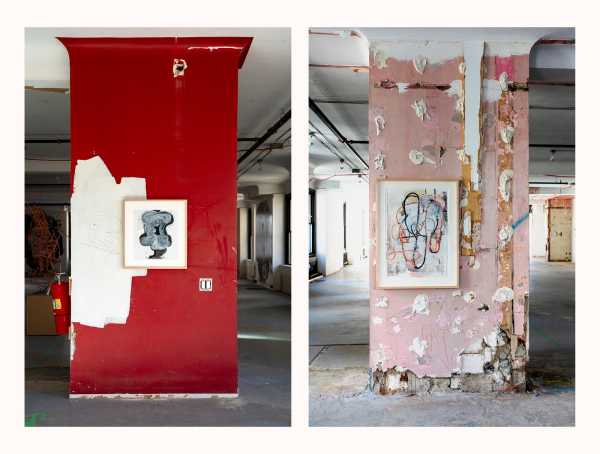
Photographs courtesy the artist
Take it from a critic who never liked Christopher Wool and maybe still doesn’t: “See Stop Run,” the artist’s largest exhibition in ten years, should be visited by everybody with an appetite for aesthetic adventure and without a fear of heights or barbed wire. Situated on the previously abandoned nineteenth floor of a downtown high-rise, it is the opposite of Wool’s last big show, at the Guggenheim—there are zero word paintings but plentiful photographs of infrastructure, a mosaic of pink and black scribbles, and wire sculptures that look like scribbles made 3-D. By far the most striking thing is the nineteenth floor itself in all its uncarpeted, crumbly-walled, filthy-ceilinged majesty. You don’t feast your eyes on Wool’s recent work; you sharpen them and see the decayed afresh.—Jackson Arn (101 Greenwich St., entrance on Rector St.; through July 31.)
Opera
Nadia Boulanger is arguably the twentieth century’s most influential pedagogue, having taught such composers as Aaron Copland, Philip Glass, and Quincy Jones, but her sole opera, “La Ville Morte,” written with the pianist and teacher Raoul Pugno, was never performed in her lifetime. France’s entry into the First World War, in 1914, derailed the première, and the full score was lost. With a soft-spoken yet unsettling sensuality akin to Debussy’s “Pelléas et Mélisande,” the opera takes place at an archeological dig in the ancient city of Mycenae, where a young woman is the victim of others’ unseemly desires and fascinations. Catapult Opera, in its own act of excavation, puts on the work’s American première in a reconstruction of the orchestration overseen by Boulanger’s student David Conte.—Oussama Zahr (N.Y.U. Skirball; April 19-21.)
Movies
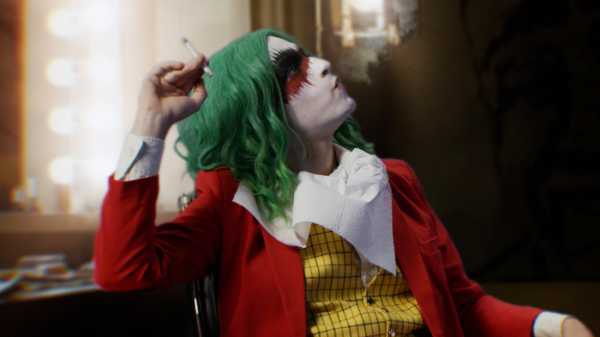
Photograph courtesy Altered Innocence
“The People’s Joker,” directed by and starring Vera Drew, is a sharp-edged parody of Batman’s superheroic universe, and of comedy itself, incarnated by the Caped Crusader’s sardonic nemesis. The exuberantly D.I.Y. movie, set in a dystopian future, is steeped in Bat-lore, but Drew builds a personal story on the basis of fantasy: a small-town childhood, the anguish of gender dysphoria, the move to Gotham City, the struggle to become a comedian, and the discovery of artistic success—in the persona of Joker the Harlequin—by way of her trans identity. Drew brings this wild but intimate vision to life by way of outrageous antics, lacerating dialogue, and a blend of live action with phantasmagorically janky effects and animation. She opens new dimensions in superhero cinema and in the art of uninhibited (and unauthorized) adaptation.—Richard Brody (In theatrical release.)
Ballet
New York City Ballet’s spring season, part of its expansive seventy-fifth-anniversary celebrations, starts with an all-Balanchine program, a chance to catch the playful and seldom-performed “Bourrée Fantasque,” set to the music of Chabrier, from 1949. The immensely satisfying “Dances at a Gathering” (1969), an emotionally redolent Jerome Robbins work set to Chopin piano pieces, receives six performances. In the final week, Balanchine’s magical evening-length précis of Shakespeare, “A Midsummer Night’s Dream” (1962), fills the stage with magical beings, amorous fools, and fireflies. More recent works include Christopher Wheeldon’s moody pas de deux to Max Richter and Clyde Otis, “This Bitter Earth” (2012), and William Forsythe’s sharp, stylish “Herman Schmerman (Pas de Deux)” (1993). And on May 2, the company unveils two brand-new ballets, one by Justin Peck—the creator, most recently, of the dancical “Illinoise”—and the other by the immensely versatile choreographer Amy Hall Garner.—Marina Harss (David H. Koch Theatre; April 23-June 2.)

Pick Three
The staff writer Doreen St. Félix shares current obsessions.
1. It is April in New York City, and it is still cold. I am mad about it. To ward off my upset, I’ve been listening to “Take One,” an album of subversive rock from the Zimbabwean group Hallelujah Chicken Run Band, on my daily walks. Formed in the early nineteen-seventies, the band contributed to a sound that would come to be known as chimurenga. The music is the result of cross-culture dialogue: traditional Shona melodies, backgrounded by then contemporary rock grooves. A favorite song on the album, recorded in the seventies, is the buoyant “Mudzimu Ndiringe.”
2. I finally got a chance to watch “They Cloned Tyrone,” last year’s début feature from Juel Taylor, and I think it’s excellent. It is a kaleidoscope of a movie; a spiral of references ranging from seventies blaxploitation film to contemporary mystery-box sci-fi. A motley crew of characters, including a drug dealer, a pimp, and a “ho”—roles meant to subvert stereotypes—find themselves at the center of a government conspiracy. Jamie Foxx as the slick-talking paranoiac pimp is brilliant. Why didn’t this movie blow up?
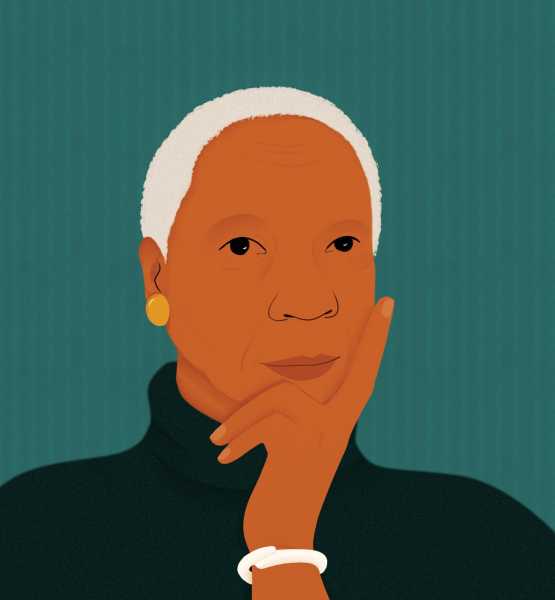
Illustration by Ojima Abalaka
3. The novelist and critic Maryse Condé died recently, at the age of ninety. Condé, who was born in Guadeloupe, said that the French language “was forged for me alone.” That dazzling self-possession is an aspect of her œuvre, which includes plays, essays, memoir, and fiction. Condé was one of our most honest chroniclers of the post-colonial psyche. I recommend starting with her last novel, from 2021, “The Gospel According to the New World,” a thrilling rewrite of the New Testament set in Martinique.
P.S. Good stuff on the Internet:
- A history of homemakers
- The sluttiness of recipe writing
- Chappell Roan’s Tiny Desk Concert
Sourse: newyorker.com